42 labels and features in machine learning
How to Label Data for Machine Learning: Process and Tools - AltexSoft Audio labeling. Speech or audio labeling is the process of tagging details in audio recordings and putting them in a format for a machine learning model to understand. You'll need effective and easy-to-use labeling tools to train high-performance neural networks for sound recognition and music classification tasks. The Ultimate Guide to Data Labeling for Machine Learning - CloudFactory What are the labels in machine learning? Labels are what the human-in-the-loop uses to identify and call out features that are present in the data. It's critical to choose informative, discriminating, and independent features to label if you want to develop high-performing algorithms in pattern recognition, classification, and regression.
What is data labeling? - aws.amazon.com In machine learning, a properly labeled dataset that you use as the objective standard to train and assess a given model is often called "ground truth." The accuracy of your trained model will depend on the accuracy of your ground truth, so spending the time and resources to ensure highly accurate data labeling is essential.
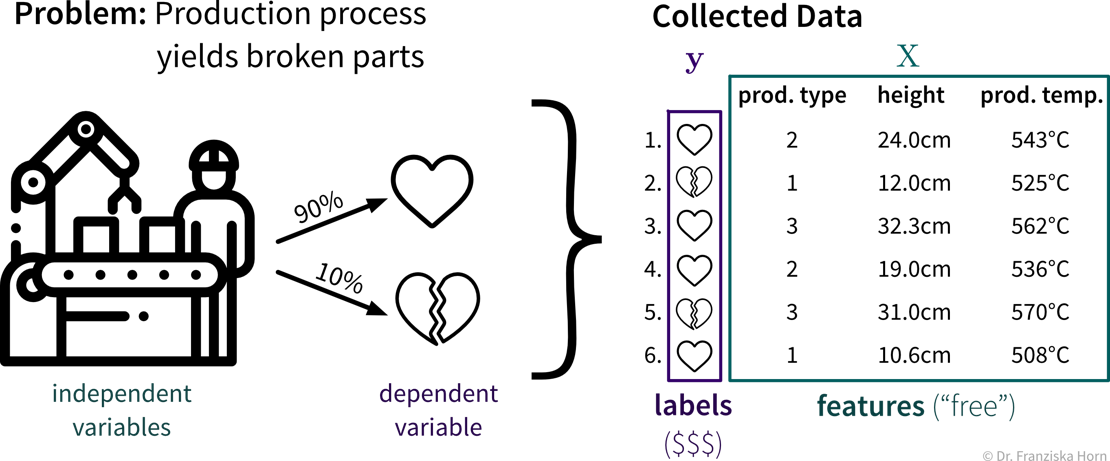
Labels and features in machine learning
Some Key Machine Learning Definitions | by joydeep ... - Medium New features can also be obtained from old features using a method known as 'feature engineering'. More simply, you can consider one column of your data set to be one feature. Sometimes these are... Regression - Features and Labels - Python Programming When it comes to forecasting out the price, our label, the thing we're hoping to predict, is actually the future price. As such, our features are actually: current price, high minus low percent, and the percent change volatility. The price that is the label shall be the price at some determined point the future. Features and labels - Module 4: Building and evaluating ML models ... It also includes two demos—Vision API and AutoML Vision—as relevant tools that you can easily access yourself or in partnership with a data scientist. You'll also have the opportunity to try out AutoML Vision with the first hands-on lab. Features and labels 6:50 Taught By Google Cloud Training Try the Course for Free Explore our Catalog
Labels and features in machine learning. Feature Encoding Techniques - Machine Learning - GeeksforGeeks This method is preferable since it gives good labels. Note: One-hot encoding approach eliminates the order but it causes the number of columns to expand vastly. So for columns with more unique values try using other techniques. Frequency Encoding: We can also encode considering the frequency distribution.This method can be effective at times for nominal features. What Is Data Labeling in Machine Learning? - Label Your Data In machine learning, a label is added by human annotators to explain a piece of data to the computer. This process is known as data annotation and is necessary to show the human understanding of the real world to the machines. Data labeling tools and providers of annotation services are an integral part of a modern AI project. How You Can Use Machine Learning to Automatically Label Data Data labels often provide informative and contextual descriptions of data. For instance, the purpose of the data, its contents, when it was created, and by whom. This labeled data is commonly used to train machine learning models in data science. For instance, tagged audio data files can be used in deep learning for automatic speech recognition. 4 Types of Classification Tasks in Machine Learning Multi-Label Classification. Multi-label classification refers to those classification tasks that have two or more class labels, where one or more class labels may be predicted for each example.. Consider the example of photo classification, where a given photo may have multiple objects in the scene and a model may predict the presence of multiple known objects in the photo, such as "bicycle ...
Framing: Key ML Terminology | Machine Learning - Google Developers Labels A label is the thing we're predicting—the y variable in simple linear regression. The label could be the future price of wheat, the kind of animal shown in a picture, the meaning of an audio... Labeling images and text documents - Azure Machine Learning Sign in to Azure Machine Learning studio. Select the subscription and the workspace that contains the labeling project. Get this information from your project administrator. Depending on your access level, you may see multiple sections on the left. If so, select Data labeling on the left-hand side to find the project. Understand the labeling task Data Labelling in Machine Learning - Javatpoint Labels and Features in Machine Learning Labels in Machine Learning. Labels are also known as tags, which are used to give an identification to a piece of data and tell some information about that element. Labels are also referred to as the final output for a prediction. For example, as in the below image, we have labels such as a cat and dog, etc. Machine Learning Terminology - W3Schools Relationships. Machine learning systems uses Relationships between Inputs to produce Predictions.. In algebra, a relationship is often written as y = ax + b:. y is the label we want to predict; a is the slope of the line; x are the input values; b is the intercept; With ML, a relationship is written as y = b + wx:. y is the label we want to predict; w is the weight (the slope)
Data Noise and Label Noise in Machine Learning Asymmetric Label Noise All Labels Randomly chosen α% of all labels i are switched to label i + 1, or to 0 for maximum i (see Figure 3). This follows the real-world scenario that labels are randomly corrupted, as also the order of labels in datasets is random [6]. 3 — Own image: asymmetric label noise Asymmetric Label Noise Single Label What distinguishes a feature from a label in machine learning? A feature is the information that you draw from the data and the label is the tag you want to assign to the input based on the features you draw from it. Features help in assigning label. Thus, the better the features the more accurately will you be able to assign label to the input. Sponsored by CloudFactory machine learning - What is the difference between a feature and a label ... 7 Answers Sorted by: 243 Briefly, feature is input; label is output. This applies to both classification and regression problems. A feature is one column of the data in your input set. For instance, if you're trying to predict the type of pet someone will choose, your input features might include age, home region, family income, etc. features and labels - Machine Learning There can be one or many features in our data. They are usually represented by 'x'. Labels : Values which are to predicted are called Labels or Target values. These are usually represented by 'y'. Getting to know your Data Before staring to write any code you should know what your aim/result.
Introduction to Labeled Data: What, Why, and How - Label Your Data Labels would be telling the AI that the photos contain a 'person', a 'tree', a 'car', and so on. The machine learning features and labels are assigned by human experts, and the level of needed expertise may vary. In the example above, you don't need highly specialized personnel to label the photos.
ML Terms: Instances, Features, Labels - Introduction to Machine ... This Course. Video Transcript. In this course, we define what machine learning is and how it can benefit your business. You'll see a few demos of ML in action and learn key ML terms like instances, features, and labels. In the interactive labs, you will practice invoking the pretrained ML APIs available as well as build your own Machine ...
machine learning - Understanding features vs labels in a dataset - Data ... The features are the input you want to use to make a prediction, the label is the data you want to predict. The Malware column in your dataset seems to be a binary column indicating whether the observation belongs to something that is or isn't Malware, so if this is what you want to predict your approach is correct. Share Improve this answer
Build & train models (v1) - Azure Machine Learning | Microsoft Docs v1. Azure Machine Learning provides several ways to train your models, from code-first solutions using the SDK to low-code solutions such as automated machine learning and the visual designer. Use the following list to determine which training method is right for you: Azure Machine Learning SDK for Python: The Python SDK provides several ways ...
Features, Parameters and Classes in Machine Learning In this tutorial, we'll talk about three key components of a Machine Learning (ML) model: Features, Parameters, and Classes. 2. Preliminaries. Over the past years, the field of ML has revolutionized many aspects of our life from engineering and finance to medicine and biology. Its applications range from self-driving cars to predicting deadly ...
What do you mean by Features and Labels in a Dataset? To make it simple, you can consider one column of your data set to be one feature. Features are also called attributes. And the number of features is dimensions. Label Labels are the final output or target Output. It can also be considered as the output classes. We obtain labels as output when provided with features as input.
Machine Learning: Target Feature Label Imbalance Problems and Solutions ... 10 rows of data with label A. 12 rows of data with label B. 14 rows of data with label C. Method 1: Under-sampling; Delete some data from rows of data from the majority classes. In this case, delete 2 rows resulting in label B and 4 rows resulting in label C.
What are Features in Machine Learning? - Data Analytics Features - Key to Machine Learning The process of coming up with new representations or features including raw and derived features is called feature engineering. Hand-crafted features can also be called as derived features. The subsequent step is to select the most appropriate features out of these features. This is called feature selection.
Machine learning tasks - ML.NET | Microsoft Learn Regression. A supervised machine learning task that is used to predict the value of the label from a set of related features. The label can be of any real value and is not from a finite set of values as in classification tasks. Regression algorithms model the dependency of the label on its related features to determine how the label will change as the values of the features are varied.
Difference between a target and a label in machine learning Target: final output you are trying to predict, also know as y. It can be categorical (sick vs non-sick) or continuous (price of a house). Label: true outcome of the target. In supervised learning the target labels are known for the trainining dataset but not for the test. Label is more common within classification problems than within ...
Features and labels - Module 4: Building and evaluating ML models ... It also includes two demos—Vision API and AutoML Vision—as relevant tools that you can easily access yourself or in partnership with a data scientist. You'll also have the opportunity to try out AutoML Vision with the first hands-on lab. Features and labels 6:50 Taught By Google Cloud Training Try the Course for Free Explore our Catalog
Regression - Features and Labels - Python Programming When it comes to forecasting out the price, our label, the thing we're hoping to predict, is actually the future price. As such, our features are actually: current price, high minus low percent, and the percent change volatility. The price that is the label shall be the price at some determined point the future.
Some Key Machine Learning Definitions | by joydeep ... - Medium New features can also be obtained from old features using a method known as 'feature engineering'. More simply, you can consider one column of your data set to be one feature. Sometimes these are...
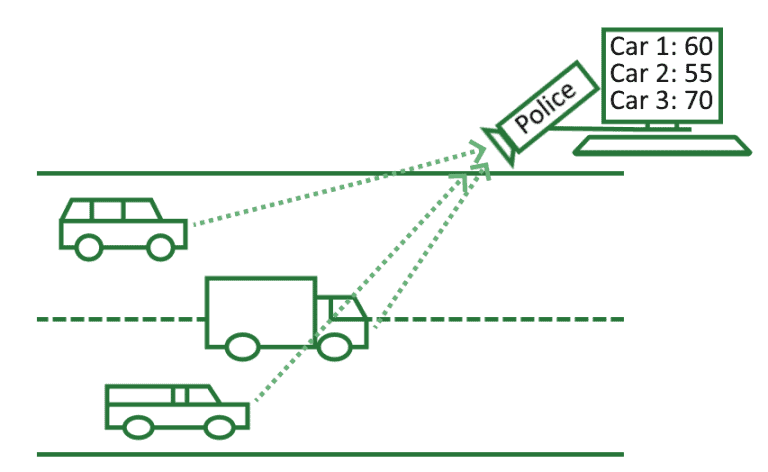

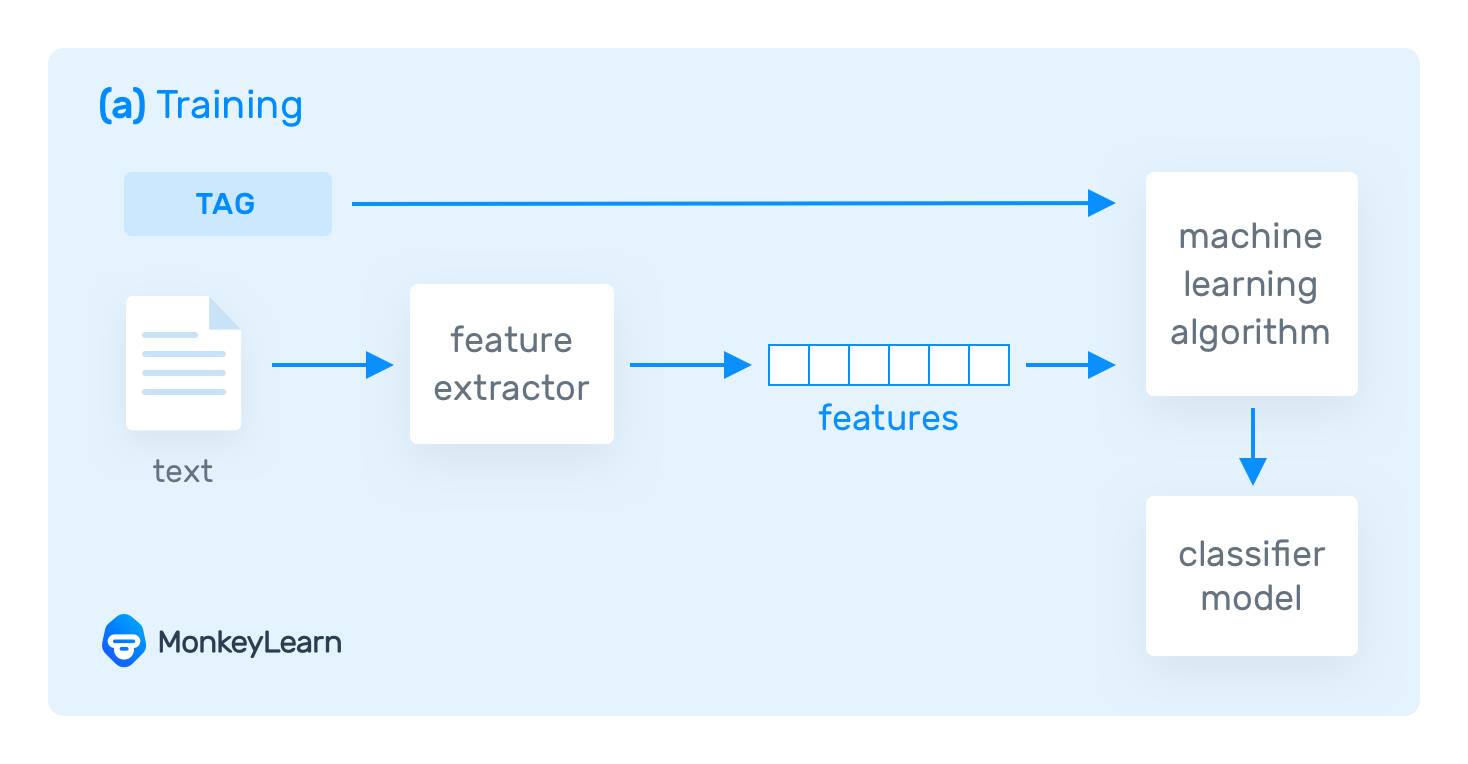
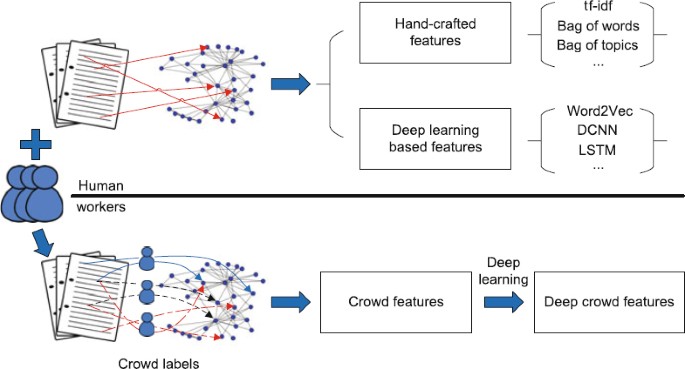
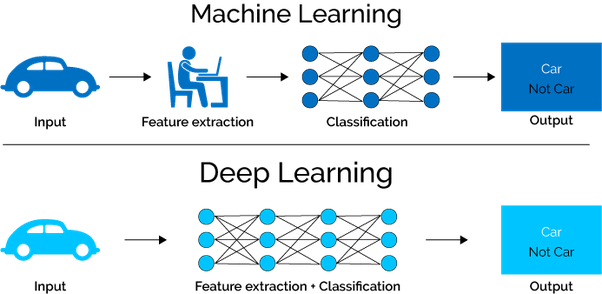



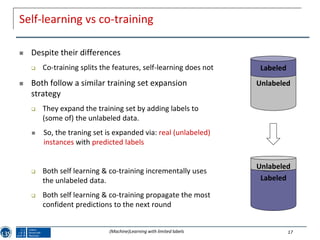
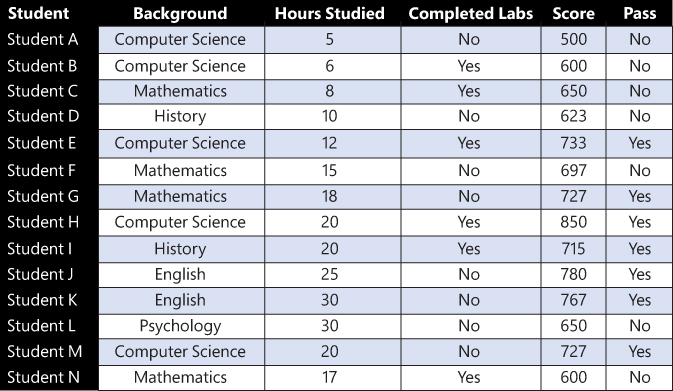

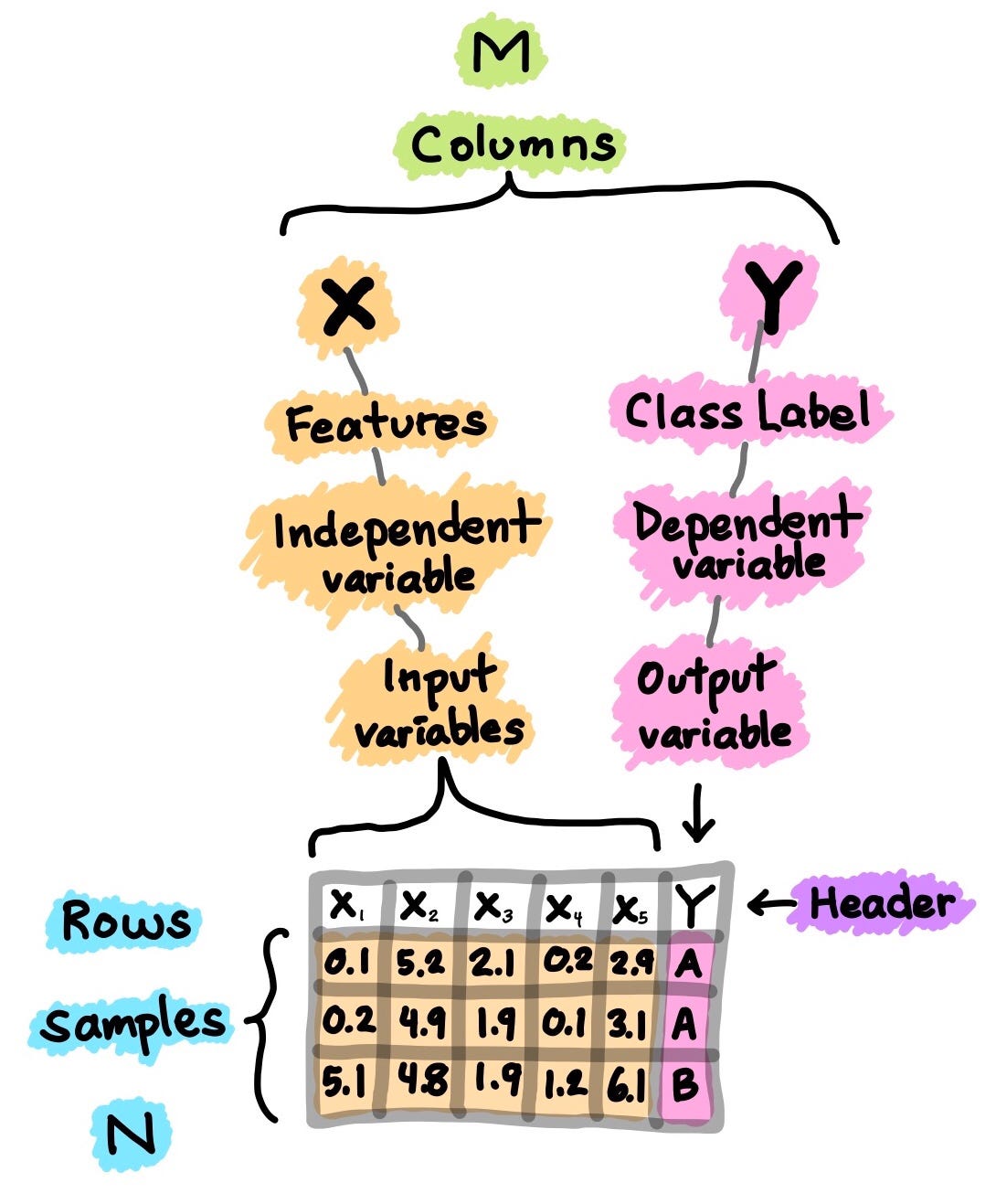


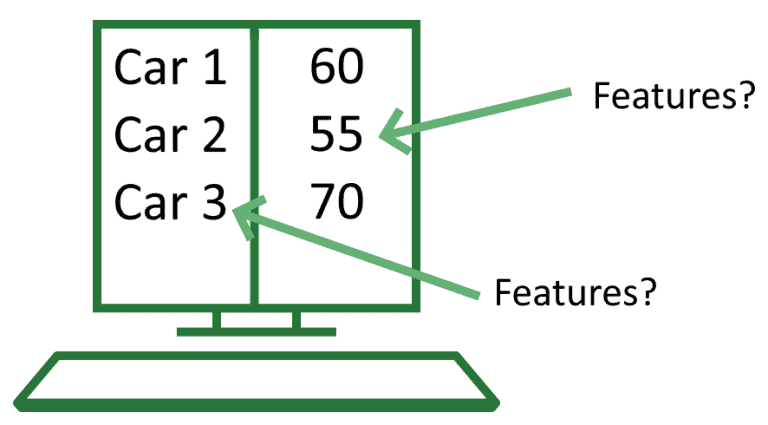
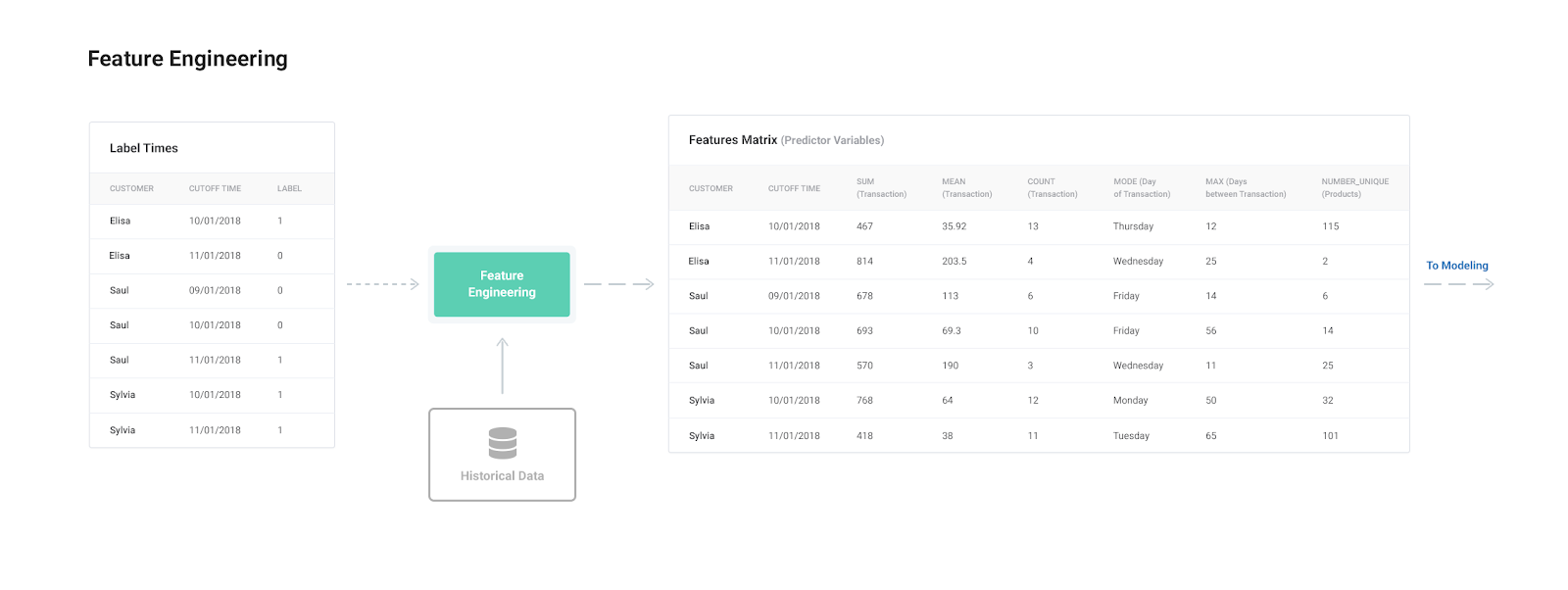
![PDF] Ensembling Classical Machine Learning and Deep Learning ...](https://d3i71xaburhd42.cloudfront.net/258df212a8f8c241efe6bf21b1e8222f94cb269f/9-Figure2-1.png)


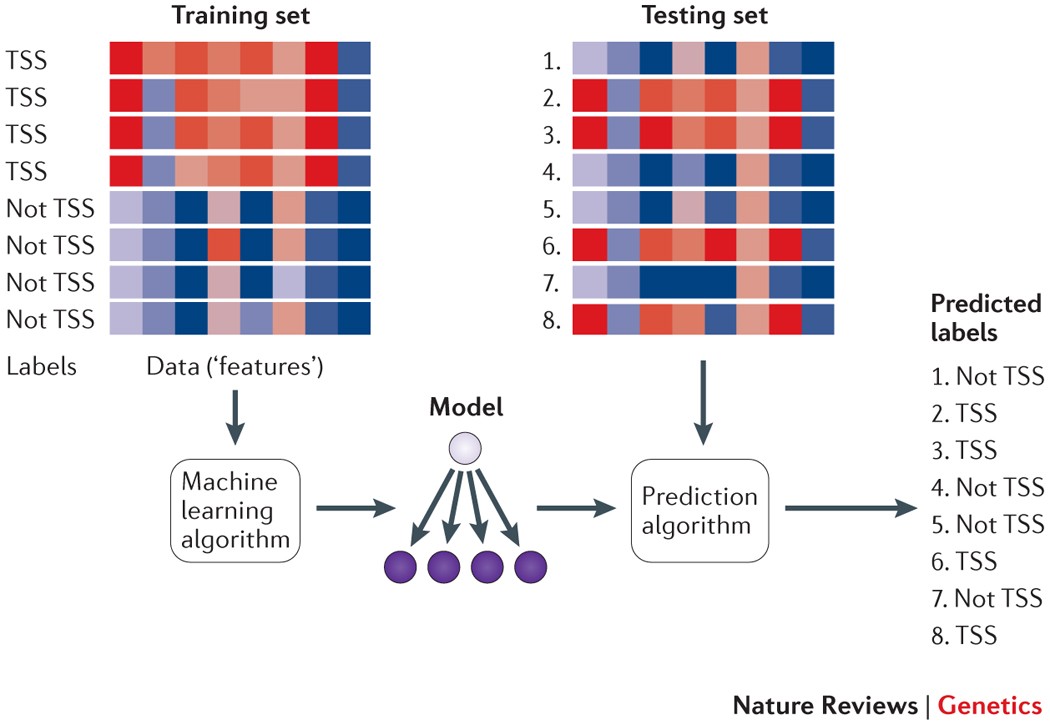
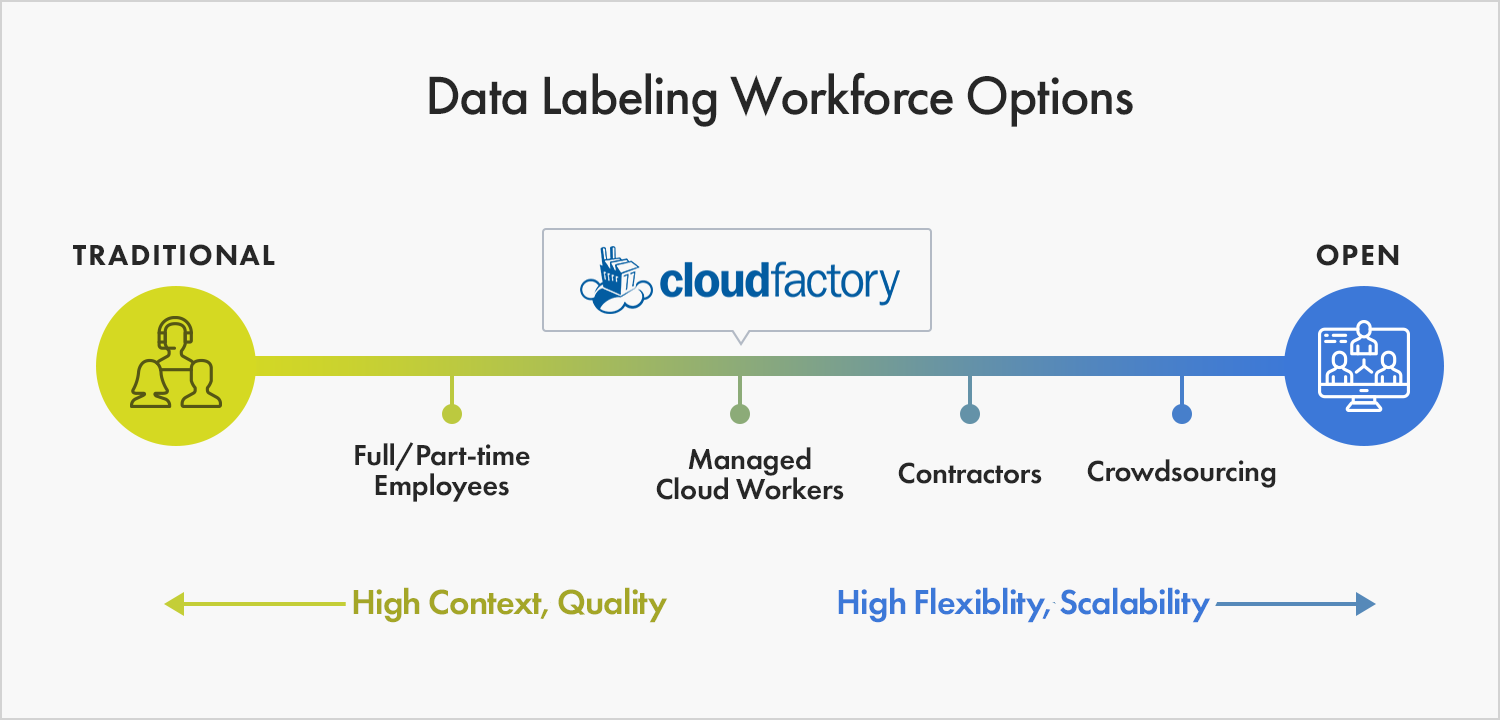
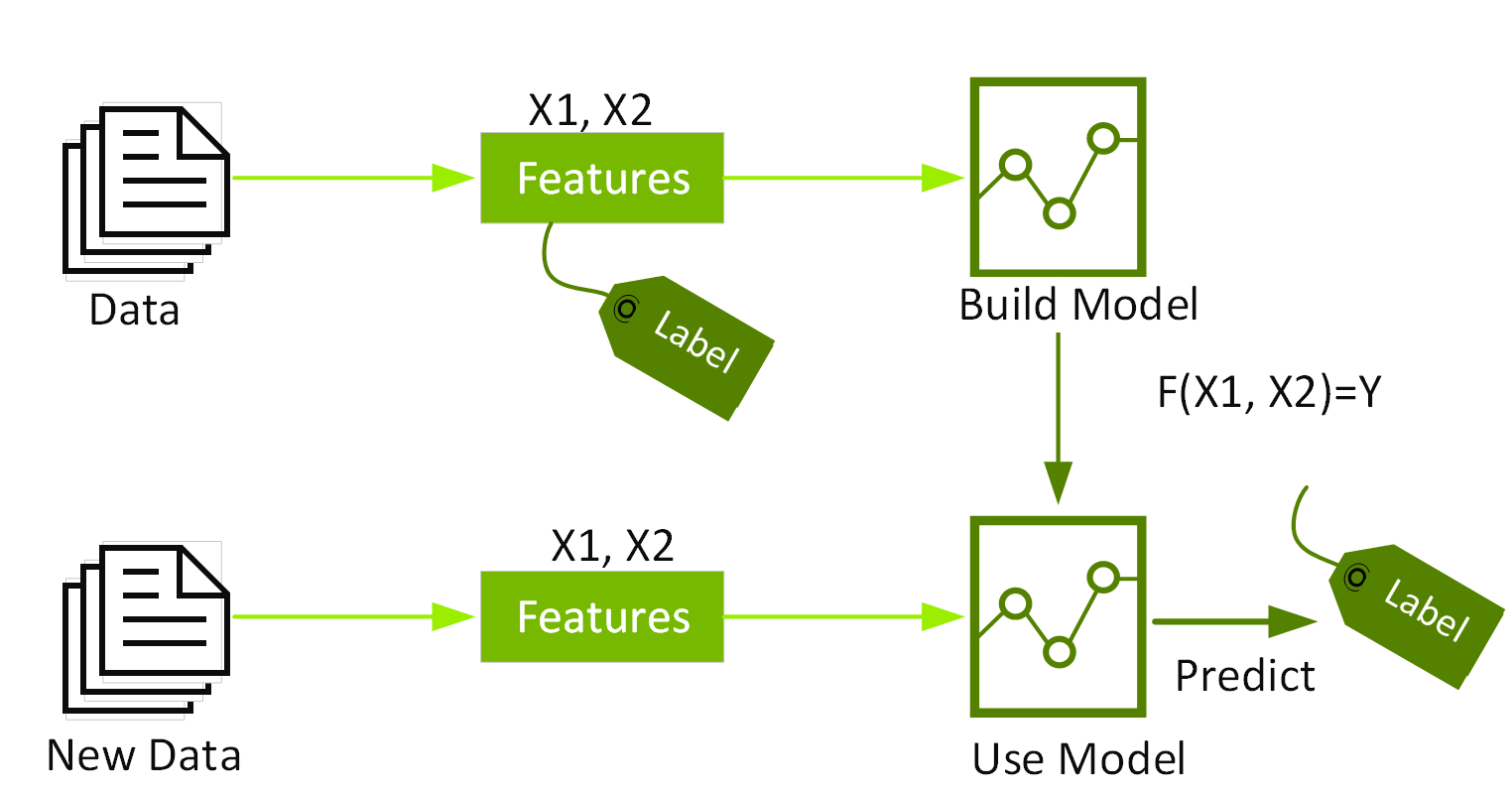
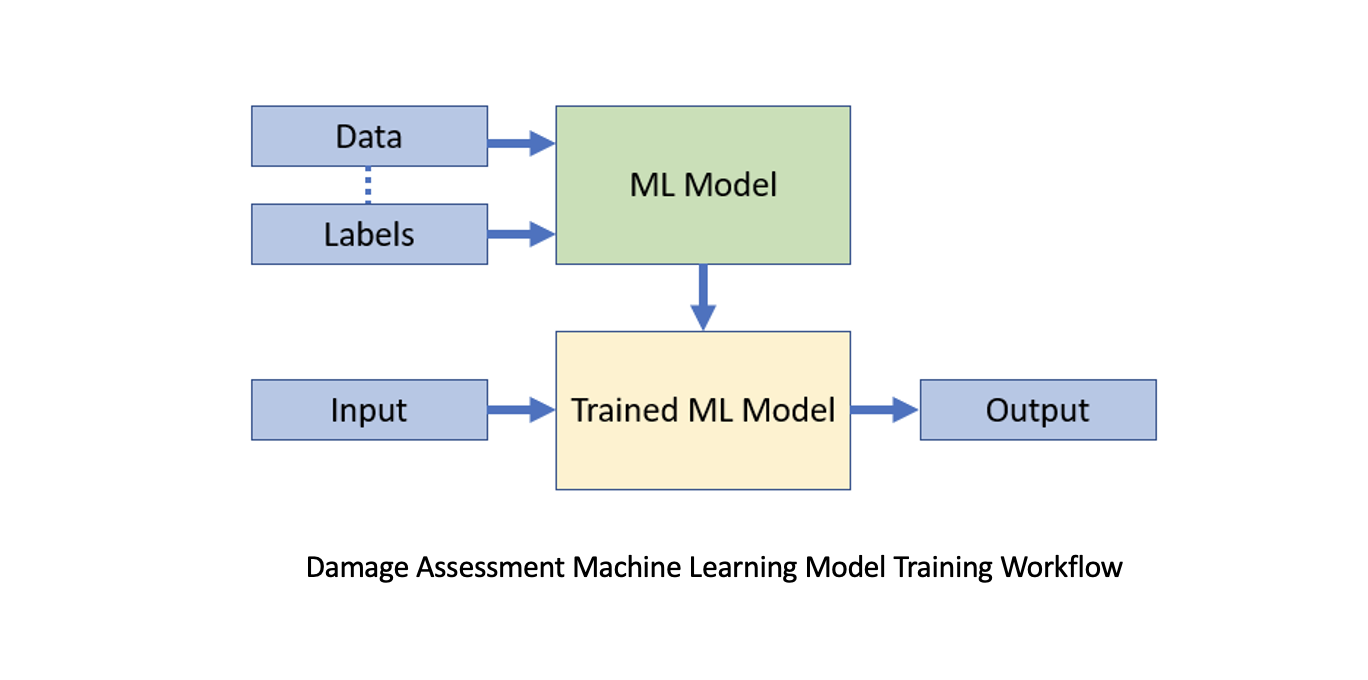
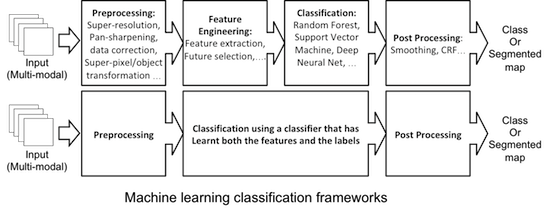
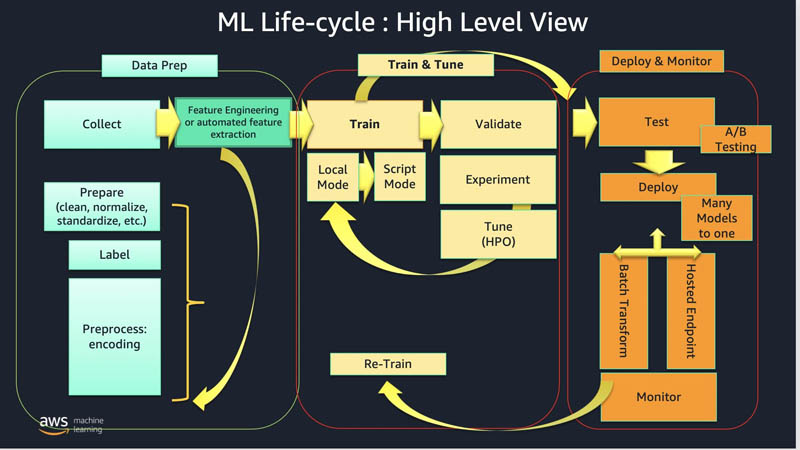
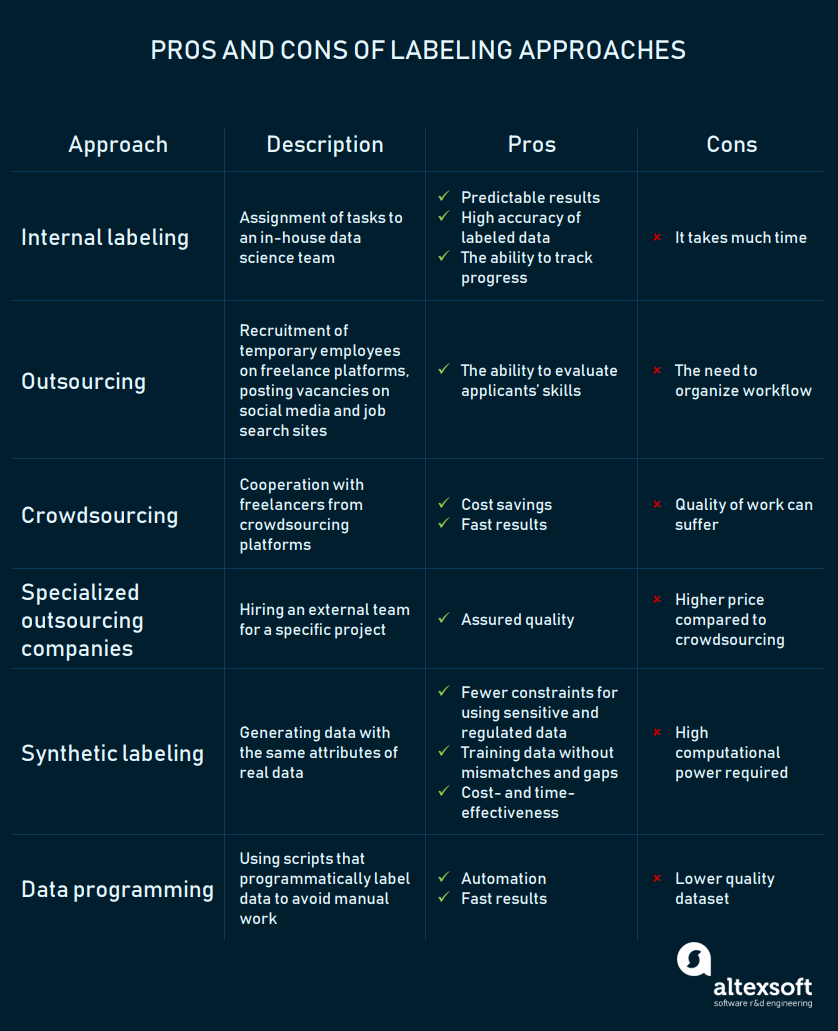


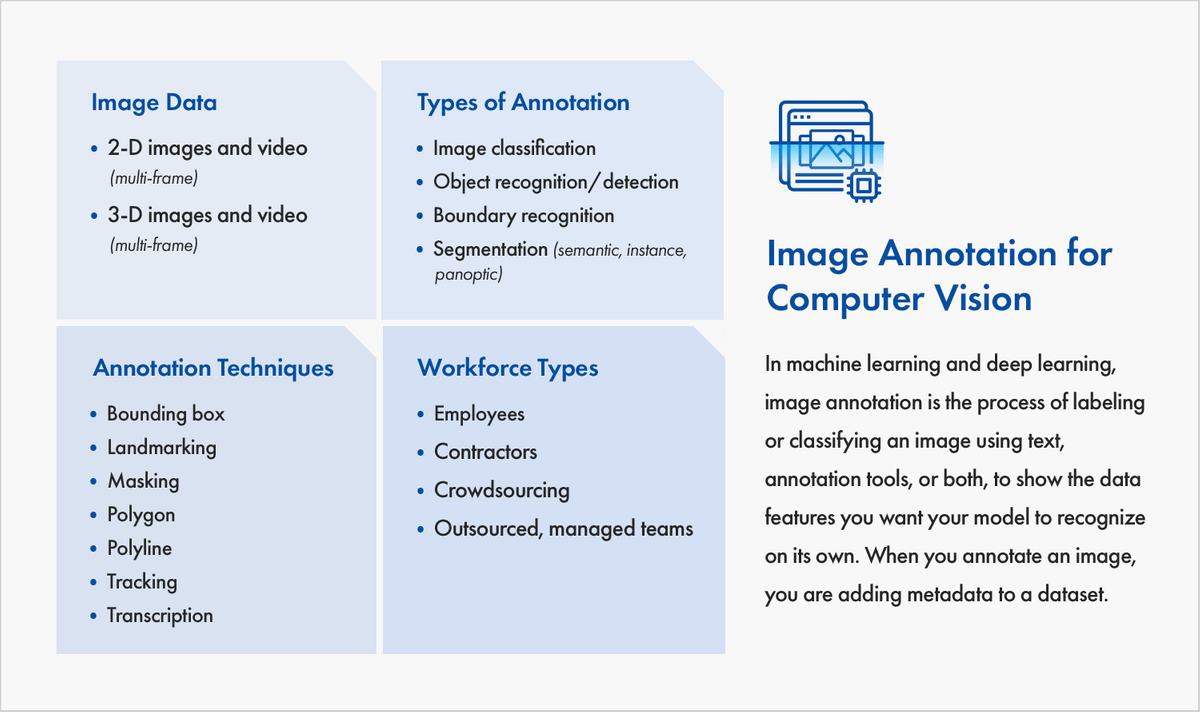
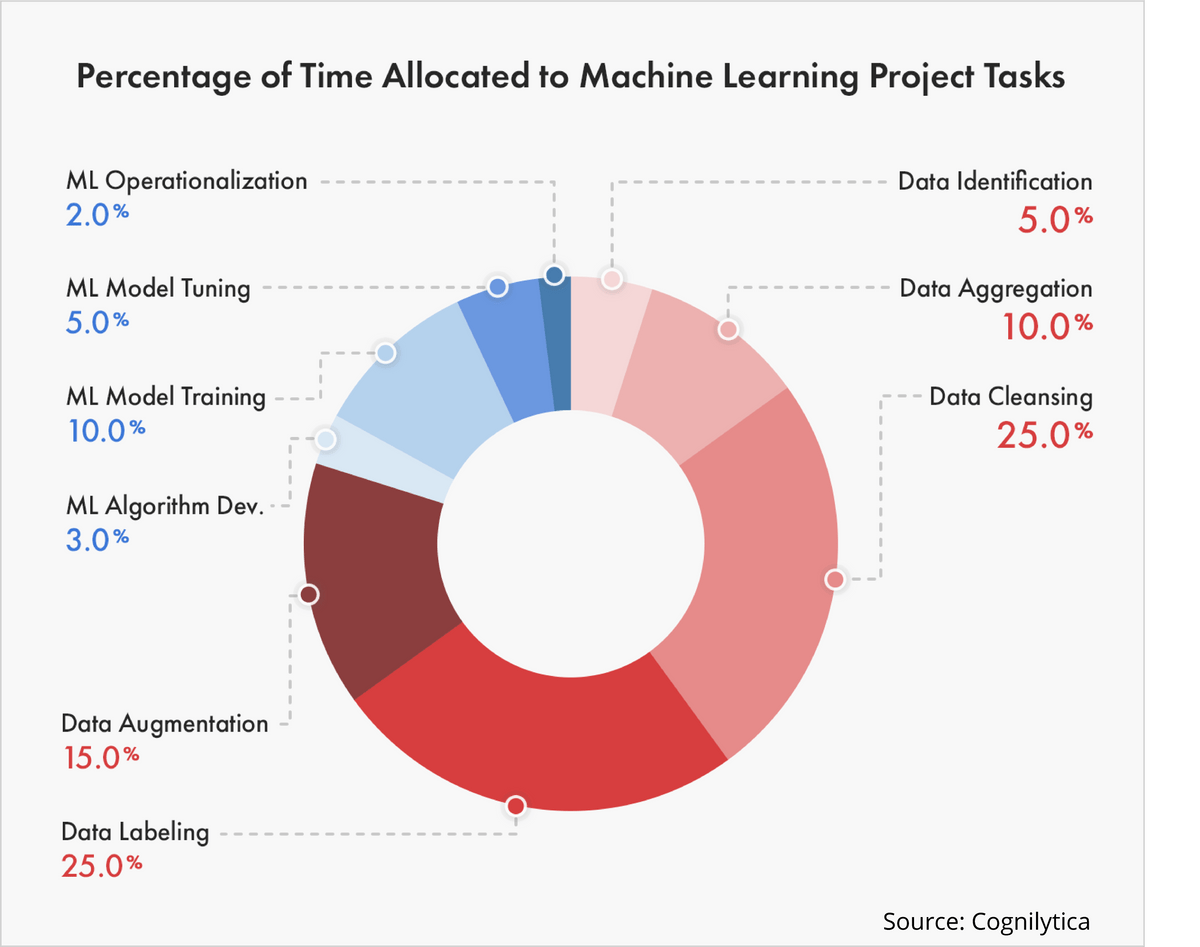
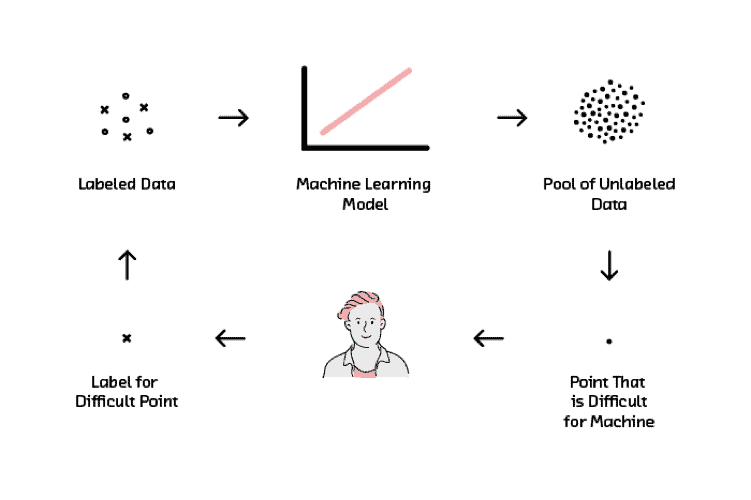
Post a Comment for "42 labels and features in machine learning"